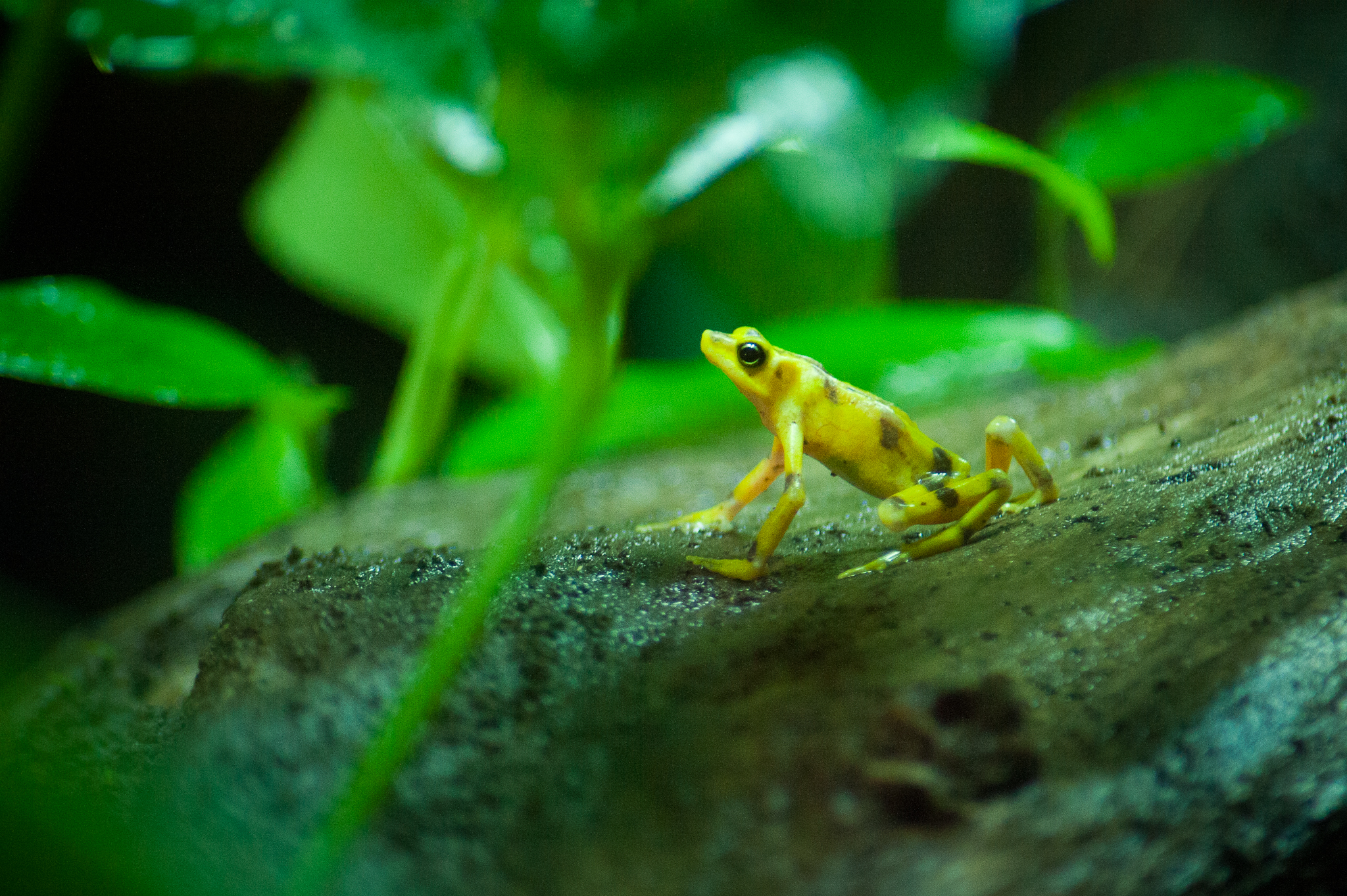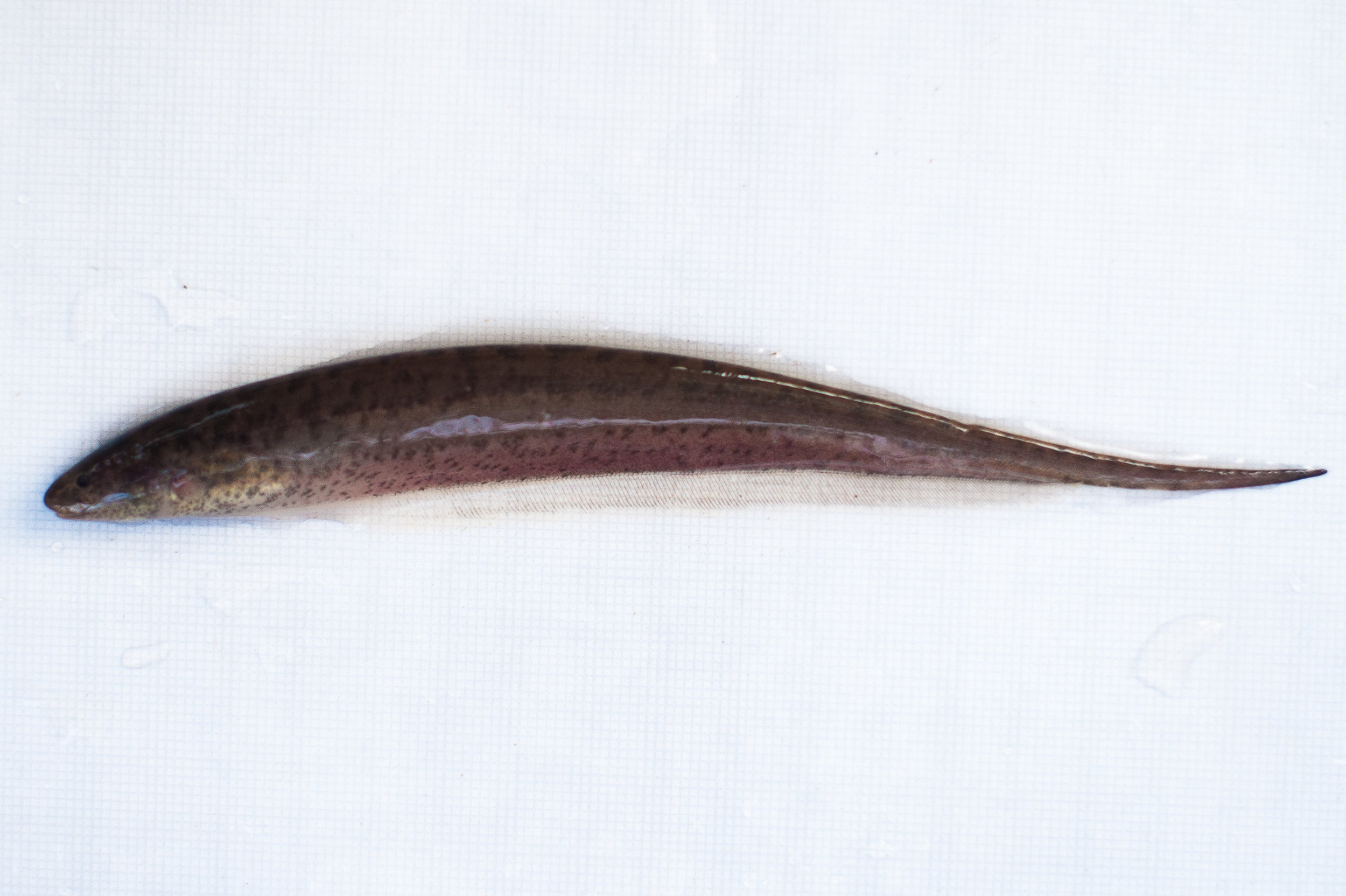Alright folks, let's talk science. I thought explaining my research briefly would be a nice follow-up post to the last one. Don't worry I won't go full nerd on you, I promise you will understand and enjoy what I have to say. So like I said previously, I was in Panama doing field work with my fish. …Fish? Really? Why not toucans?

Or jaguars?

Or golden frogs?

Oh come on. They're super cool. You see, my fish are electric. Literally. (Species name is Brachyhypopomus occidentalis in case you care). Unlike their electric eel cousins who shock their prey to stun them before consuming them, these guys only generate a weak electric field around them. For years, scientists, were puzzled by this. Some even claimed that their electric organ was probably just defective.

It wasn't until fairly recently that scientists discovered that the electric field around them was used as a sensory system. If any object that has a different conductivity than water enters this invisible orb enveloping the fish, they will sense distortions. Sensing these electric distortions allow them to effectively "see" or "feel" their surroundings. I hope you realize that this is crazy stuff that we can't relate to on any level. Echolocation in bats? Sure we can understand it to some degree, it's a sort of a super hearing. But an electrosense? We can't even fathom what that's like. But it doesn't stop there; their electric fields are not only used for navigation but also for communication between each other. Electrolocation and electrocommunication all in one. If you're not convinced that these are the coolest fish yet, consider the name of this family of fishes. Knifefishes. Some are called the black ghost knifefish, others the glass knifefish. How cool is that?
So these fish are all over the place in Panama. Now what? After recording electric signals of these fish in different populations across the country, a student in my lab found that these signals are starting to diverge in different directions. This is akin to finding birds in different populations starting to sing slightly different songs. Now I'm trying to explain why the signals are starting to change. Are populations adapting their signals to their different environments in some way? Or are the signal divergences random and just a result of being isolated from other populations for such a long time? This is the gist of my research and I'll spare you the details.
Don't you wish you had an electrosense? A constant invisible bubble surrounding your body filled with superpowers.
I want to end with a quick rant. This is a huge pet peeve for me.
There are knifefishes and there are eels, they are not related.
Knifefishes are electric, eels are NOT.
The ONLY "eel" that is electric is the "electric eel", and it so happens to be a knifefish.
It just LOOKS like an eel, so someone smart decided to name it an eel. That's right, the electric eel is not even an eel.
Fear not I will end this blog post on a happy note!
Excerpt from MGMT's Electric Feel:
"Saw her in the amazon With the voltage running through her skin Standing there with nothing on She gonna teach me how to swim
I said ooh girl Shock me like an electric eel Baby girl Turn me on with your electric feel"
I would've been happier had they said "Shock me like a Brachyhypopomus occidentalis", but hey you win some you lose some.
If you have any questions about photography, electric fish, or want to chat about something else? Contact me!

